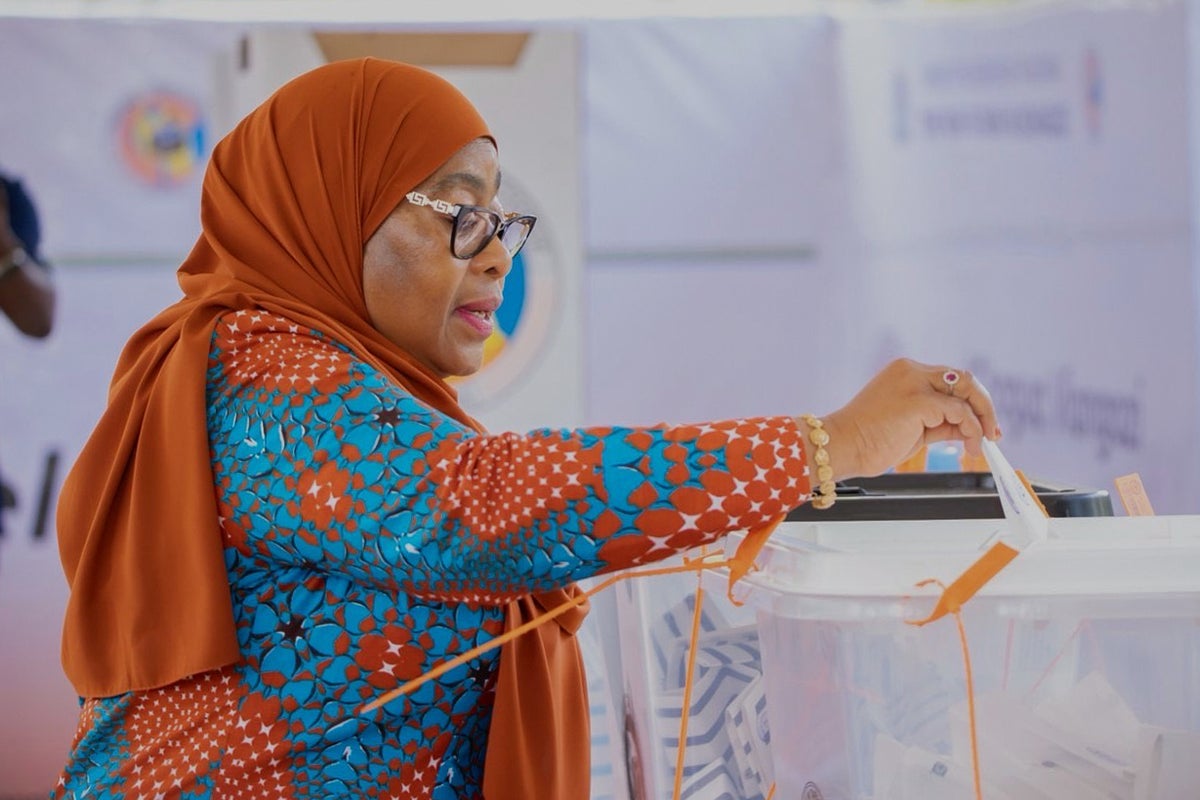Your support helps us to tell the story
From reproductive rights to climate change to Big Tech, The Independent is on the ground when the story is developing. Whether it’s investigating the financials of Elon Musk’s pro-Trump PAC or producing our latest documentary, ‘The A Word’, which shines a light on the American women fighting for reproductive rights, we know how important it is to parse out the facts from the messaging.
At such a critical moment in US history, we need reporters on the ground. Your donation allows us to keep sending journalists to speak to both sides of the story.
The Independent is trusted by Americans across the entire political spectrum. And unlike many other quality news outlets, we choose not to lock Americans out of our reporting and analysis with paywalls. We believe quality journalism should be available to everyone, paid for by those who can afford it.
Your support makes all the difference.Read more
Chinese authorities have taken measures this week to try to curb the spread of chikungunya, a virus that often causes fever and joint pain. As of Wednesday, the government reported there had been more than 7,000 cases, mostly in the southern manufacturing hub of Foshan.
Here’s what to know about chikungunya:
What is chikungunya?
Chikungunya is a disease caused by a virus of the same name.
The chikungunya virus was first identified in people sickened during an outbreak in Tanzania in 1952. Its name is derived from a word in the Makonde language, which means “that which bends up,” due to the severe pain it can cause.
Chikungunya is transmitted by infected mosquitoes and mostly causes mild symptoms. The majority of people who get chikungunya recover without needing medical attention after one to two weeks.
What are the symptoms of chikungunya?
Chikungunya typically produces symptoms including fever, muscle pain, nausea, fatigue and a rash.
But in rare cases, it can cause debilitating joint pain that persists for months or even years. Patients who get severely ill often require hospitalization because of the risk of organ damage.
The World Health Organization says severe cases and deaths are rare and mostly occur in babies or elderly people with underlying health conditions.
Is there a treatment or vaccine?
There is no specific treatment for chikungunya, but health workers can treat the symptoms by giving medicines to lower fevers or ease muscle pain.
Two vaccines have been approved in several regions, including Britain, Brazil, Canada and Europe. Those are mostly targeted at travelers and are not widely available in the countries most affected by chikungunya.
Where does chikungunya normally occur?
Chikungunya causes regular outbreaks in Africa, Asia and the Americas, with occasional small epidemics in Europe.
As of July, there have been about 240,000 cases of chikungunya, including 90 deaths in 16 countries, according to the European Centres for Disease Prevention and Control. The countries that reported the highest number of infections were Brazil, Bolivia, Argentina and Peru.
What’s happening in China?
An outbreak of chikungunya in Foshan, near Hong Kong, has prompted Chinese authorities to take measures like distributing mosquito nets, having workers spray residential areas, streets and construction sites with insecticide.
People who do not empty bottles, flower pots or other outdoor receptacles, where water might accumulate and allow mosquitoes to breed, can be subject to fines of up to 10,000 yuan ($1,400) and have their electricity cut off.
The U.S. has issued a travel advisory telling citizens not to visit China’s Guangdong province, the location of Donguan and several other business hubs, along with countries such as Bolivia and island nations in the Indian Ocean.
Unusually heavy rains and high temperatures this year have worsened the crisis in China.
___
The Associated Press Health and Science Department receives support from the Howard Hughes Medical Institute’s Department of Science Education and the Robert Wood Johnson Foundation. The AP is solely responsible for all content.





